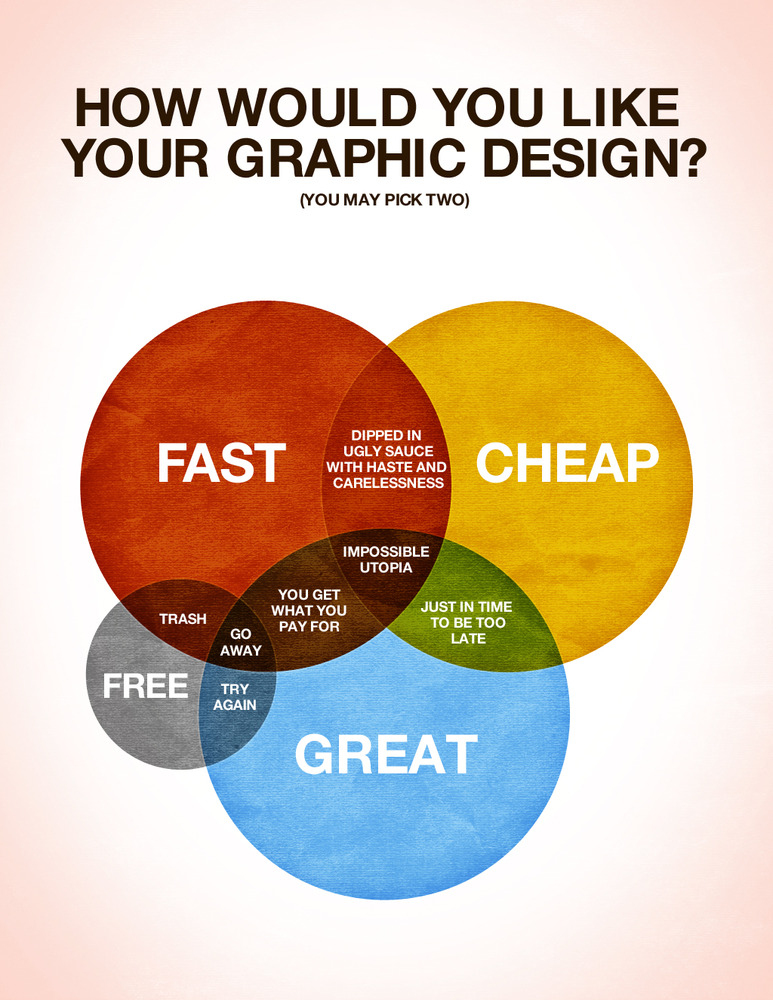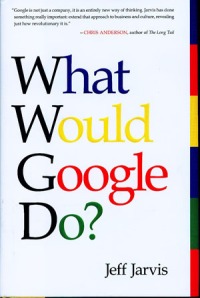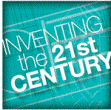
Last night I attended a packed Insider Trends’ talk at the Business & IP Centre. Last time the topic was How to become a cutting-edge retailer, but this time Cate Trotter the founder and Head of Trends was talking about the rise and neglecting of the over 50’s market.
As a newly minted 50+ myself (well last September anyway), I was doubly interested in what Kate had to say, and was pleasantly surprised to hear that by 2020 the over 50’s will form the majority of Britain’s population. So that makes me part of the only growth market in the UK.
Once again Kate provided an excellent talk, and left the audience pumped full of relevant statistics and marketing angles.
Here are my notes from the evening:
Untapped markets: The grey pound – Monday 24 January
Profile Marketing Opportunities
– The population in the UK is getting older, already more +60s than -16s
– People are living longer
– Family sizes are shrinking
– Number of 90 year olds expected to double in 25 years
– 78% of income retained post retirement, but loss in commuting and mortgage costs increase available money
– +65’s spending £100 billion a year Recession
– Older customers are better prepared for economic decline than younger
– Many are working part-time to bring in an income Segmentation
– Important part of understanding your customers
– Need to add more age categories. 50-65 and 65+ are not enough
– Need to be aware of not pigeon-hole by age – much more diverse than the younger categories, due to widely varying life experiences
– So use lifestyle segmentation instead
- Live Wires – active and working, many interests, technology aware, spend on holidays
- Happy and fulfilled – active, but more traditional, financially well off, lots of holidays, spend on quality traditional brands
- Super troopers – often have lost a spouse, don’t like advertising and new technology
- Living day to day – spends rather than saves, more interested in material wealth than time, tend to choose premium brands
- Unfulfilled dreamers – hard working, dreams of un-achieved ambitions,
- Rat race junkies – could retire, but not yet, into technology, more than one marriage
– Need to be aware of sets of baby-boomers coming through
- Flower-children are now approaching their mid 60s
- So interested in green such as Prius cars and green funerals
- Believe that old age starts at 72, not 65
- More old travellers going further afield and more adventurous
- The SKIers – Spending Kids Inheritance
Adapting your business
– Attitudes, physical (eyesight) and cognitive (memory) impairments
– Over 50’s buy 80% of top of the range cars (BBC news report)
– But many have enough mainstream products (washing machine, microwave, TV). However, they might upgrade at point of retirement with help of lump sum
– From products to services – or service related products (e.g. sport) less equipment for the home
– Travel
- Generally continues until late 70’s and early 80’s
- GrandTravellers – grandparents and their grandchildren on holiday together – something relatively new and growing
- Travel gripes – single supplements, insurance costs, active sports insurance
– Clothes
- Comfortable and cool clothes lacking in the market place
- A younger style, but to fit an older shape
- Children’s toys and clothes as presents
– The Home
- Home improvement rather than new products
- B&Q
- Employing independent traders + reputable traders marketed towards an older customer
- Ergonomic tools (SandBug from B&Q)
- Packaging older people can open – %80 are not – Primelife President
- Smaller packs and designs – one person teapots (Debenhams small wok a bestseller)
– Home health care
- Philips Defibrillator – talks you through
- Retrofit-friendly homes you can grow old in – e.g. doors wide enough for a wheelchair, room for safety handles – Joseph Rowntree Foundation – www.lifetimehomes.co.uk
– Fitness
- Pensioners are fastest growing group of gym members
- Scope for specialist centres
- Zumba – very popular with older dancers
Design
– Product and service design, also websites and fixtures and fittings
– A lack of interest in older consumers from mainstream companies
– Specialist
- Simplicity computers – replaces Microsoft Windows with 6 buttons – option to pay by cheque in the post
- Tesco online shopping has an access setting
- Photostroller – purpose built controller to access Flickr content
- PostEgram – a Facebook app for printing out content
- Presto – an Internet printer with a remote control system for the sender – customer doesn’t need a computer
- Kaiser’s in Austria – e.g. easy to reach stock, reduced glare lighting, slip-proof flooring, pleasant places to sit, reading glasses to borrow, all employers over 50 – sales 50% above forecast
- Odeon Senior Screen – with different snacks – coffee and cake instead of fiz and popcorn
- Danger of alienating older customers who still feel young – if they can reject it, they often do – don’t want to be associated with ‘that group of people’ – they expect products and service to cost more
– Inclusive
- Kindle – allows you change size of text and have text to speech
- Nintedo Wii is becoming more popular in care homes – active game playing
- ClearRX by Target in the US – simplifies medication for entire families
- Ferrari Enzo – with wider doors and lower floor o Harley-Davidson – trikes for the older market – still cool design
- Mobilistrictor – a suit to age the wearer by 40 years – useful to test our store design etc
– used by Ford when developing the Focus – e.g. boot has no lip, dash doesn’t reflect light – became Ford’s best selling car
– used by Derby City General Hospital building design
– General Motors used older engineers – key card and push button start

- Legibility of writing
– Larger fonts
– Bolder colours
– Clearer typfaces eg Tireseais typeface
– Use of icons and symbols
- Interface design – e.g. Apple iPhone and iPad, Facebook (103 year old woman who uses an iPad to interact)
– Additional advantage of extended appeal to disabled, parents of young children, those heavily laden – e.g. small trolley in supermarket
– Involve audience in your designs
Marketing
– Only 1 in 5 sticks to brands they now – happy to try new products and service, but as late adopters
– Only 1 in 3 own a mobile phone
– Less influenced by mass media as advertising does not reflect their interests, have become cynical, but not being wired, are more open to national and local marketing
– More time to shop around – and more time to think if they really need it, so more critical, and more time to write reviews. Can become experts in new products
– More time to tell their friends about products and services – word of mouth becomes even more important
– Need to use younger (not too young) faces in images – or take out faces – e.g iPad just shows hands, so appeals to all ages
– Retail and experiential – e.g. Harley Davidson stores – older are less likely to buy online
– Only 1 in 4 over 65’s have used the internet, but this is growing very fast
– Over 50’s represent 25% of online population, but those that are spend longer online
– Silversurfersday – increase confidence
– Raceonline2012 led by Martha Lane Fox from LastMinute.com – can buy a £99 computer, with a cheap wireless dongle from 3
– Better designed websites – e.g. Jitterbug from Samsung aimed at older customers, who can call to order as well as online
– Email marketing more effective with older customers – e.g. eldergym newsletter
– Free magazines – e.g. Staysure magazine for the over 50’s – based on airline magazine model
– Segmented approaches – e.g. Ninento DS using Girls Aloud and Julie Walters in different ads for the same product
– Car adverts tailored to age group. E.g. the young are interested in loans, the older are not
– Appealing to the adult child
– Look for older people in marketing agencies, if you can find them.
– Be aware of emotional issues associated to buying older products such as walking sticks or elasticized trousers
Conclusion
– They represent the only growing market in the UK
– They have time and money to spend
– There is currently very little competition
– Be aware that they are difficult to profile – very varied with more variety in the future
Approach requires
– empathy
– must not be patronising








 ______________
______________




















